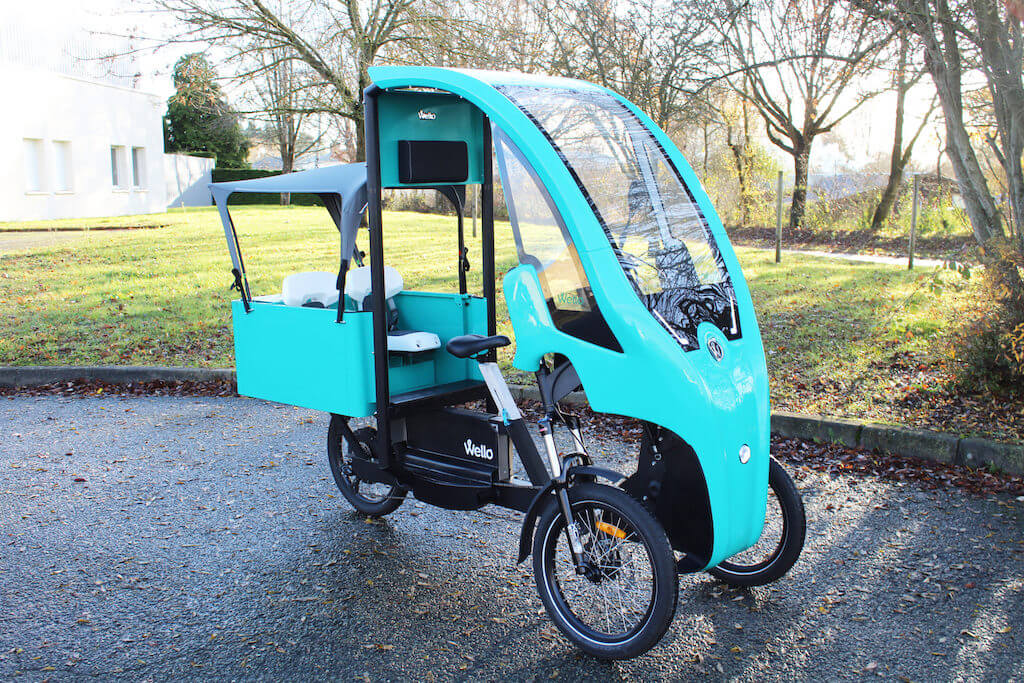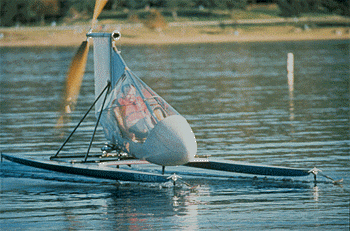Human-Powered Vehicles from Nisarg Desai's Idea / Prospect

Introduction to Human-Powered Vehicles
- Definition: HPVs are transport systems that operate solely on human muscle power. This category includes any vehicle in which human effort, typically pedaling, rowing, or pushing, drives the movement.
- History: Human-powered transportation dates back thousands of years, with early examples like foot-powered canoes or rafts. The modern era introduced bicycles, marking a revolution in efficient human-powered travel.
- Bicycles: The most common HPV, bicycles are globally popular for short-distance travel, exercise, and recreation.

- Recumbent Bikes: These are bikes where riders sit in a reclined position, offering greater aerodynamic efficiency and comfort for long rides.

- Velomobiles: These are enclosed, often streamlined bicycles with aerodynamic designs, popular for commuters and enthusiasts who seek speed and weather protection.

- Watercrafts: Kayaks, canoes, and paddleboards are human-powered options for water-based activities.

- Human-Powered Aircrafts: Though rare and experimental, these aircrafts are propelled by pedaling, with significant achievements like the flight of the Gossamer Albatross in 1979.
- Human-Powered Rail and Snow Vehicles: Examples include railbikes (bicycles adapted for railways) and pedal-powered snow vehicles.
- Environmental Impact: HPVs have a minimal carbon footprint, contributing to reduced greenhouse gas emissions and air pollution.
- Health and Fitness: Using HPVs increases physical activity, benefiting cardiovascular health, muscle tone, and mental well-being.
- Cost-Effectiveness: These vehicles require little to no fuel and have lower maintenance costs, making them affordable and sustainable.
- Traffic and Infrastructure: HPVs alleviate traffic congestion and have a low impact on infrastructure, as they require less space and maintenance.
- Physical Effort: HPVs require sustained physical exertion, which can be a barrier for longer distances, hilly terrains, or those with limited physical ability.
- Weather Dependency: Rain, snow, or extreme temperatures can make human-powered travel uncomfortable or dangerous, especially for open vehicles like bicycles.
- Speed and Range Limitations: While highly efficient, HPVs are slower than motorized vehicles, making them less suitable for long-distance or high-speed travel.
- Safety Concerns: HPVs, particularly bicycles, are vulnerable on roads, often lacking dedicated lanes and facing risk from motor vehicles.
- Electric-Assist Options: Adding electric motors for an extra boost, especially uphill, is becoming common. These hybrid systems are referred to as pedal-assist or pedelec vehicles.
- Advanced Materials and Design: Innovations in lightweight and durable materials, like carbon fiber, are creating faster, safer, and more comfortable HPVs.
- Urban Infrastructure: Cities are increasingly investing in HPV-friendly infrastructure, with expanded bike lanes, bike-sharing programs, and dedicated parking for increased accessibility.
Human-powered vehicles represent an innovative, sustainable, and healthy mode of transportation with a long history and promising future. As cities evolve to become more environmentally friendly and infrastructure improves, HPVs may play an even greater role in modern transportation.

The Wall